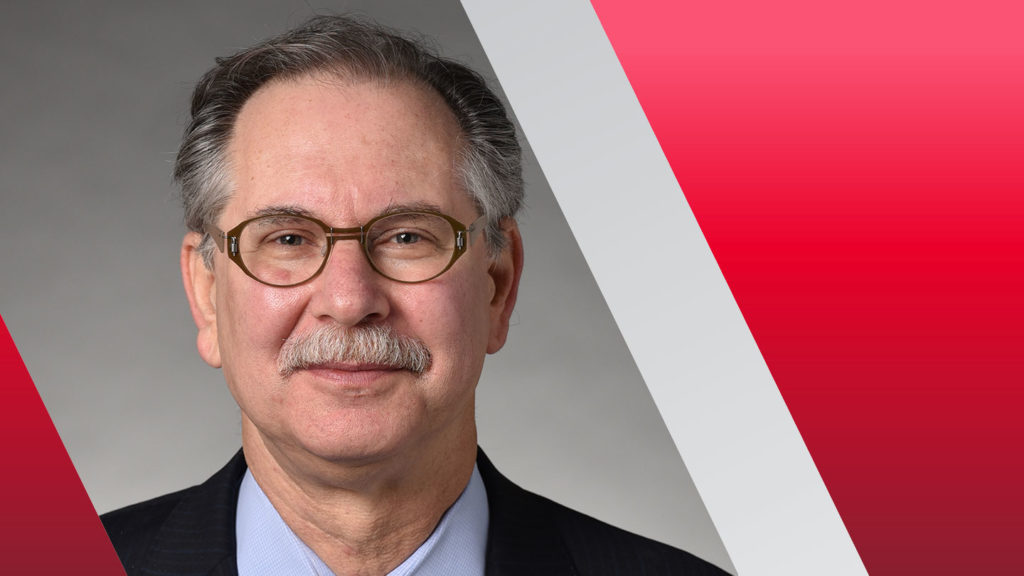
The federal government needs a better understanding of private investment in nursing homes and the role it plays in capital and quality improvements, a leading legal expert says. This is especially true after the Biden administration unveiled a reform proposal targeting private equity ownership, he added.
“Unless the government is going to pay for massive capital improvements that are necessary, including to address the issues that are being discussed in these initiatives, then the country is going to rely on private investment,” said Howard Sollins, attorney, shareholder and leader of the long-term care practice at Baker Donelson, to McKnight’s Long-Term Care News Friday.
“There has to be an understanding of the importance and role of private investment in nursing homes as part of improving the physical environment in which services are rendered,” he added.
Biden’s plan called out private equity ownership saying that its investment in nursing homes has ballooned from $5 billion in 2000 to more than $100 billion in 2018 — with about 5% of all nursing homes now owned by private equity firms.
“Too often, the private equity model has put profits before people — a particularly dangerous model when it comes to the health and safety of vulnerable seniors and people with disabilities,” the administration wrote. “Recent research has found that resident outcomes are significantly worse at private equity-owned nursing homes.”
Passive owners spurned
Sollins noted that private equity is a fairly general term but private investment comes in many different forms — from people investing private funds into facilities that have a role in operations to real estate investment trusts.
He said the special attention given by the Biden administration to private ownership means that the government is sending a signal that you can’t just be a “passive owner” without understanding the kind of services being provided in the building.
Sollins said he was shocked that Biden’s proposal calls for an increase in penalties of up to $1 million for poor performing facilities. That initiative would require Congressional approval.
“How does it help patient care and services if you take $1 million out of a facility?” he asked. “You want to increase staffing, make capital improvements, address performance issues, increase accountability but still up to $1 million in an instance out of a facility? It just seems inconsistent.”
He added that the federal government’s approach should focus on a more collaborative process between the oversight agencies and the nursing homes. “The government is not going to punish its way toward better care,” he said.
“In addition, you can’t have this conversation without forgetting about the inadequacy of [Medicaid] funding of nursing homes,” Sollins said. “You can’t say you want more staff, you want staff to not just recruit but retain, capital improvements, better infection control, you want all these things while failing to recognize the chronic underfunding of nursing homes.”





